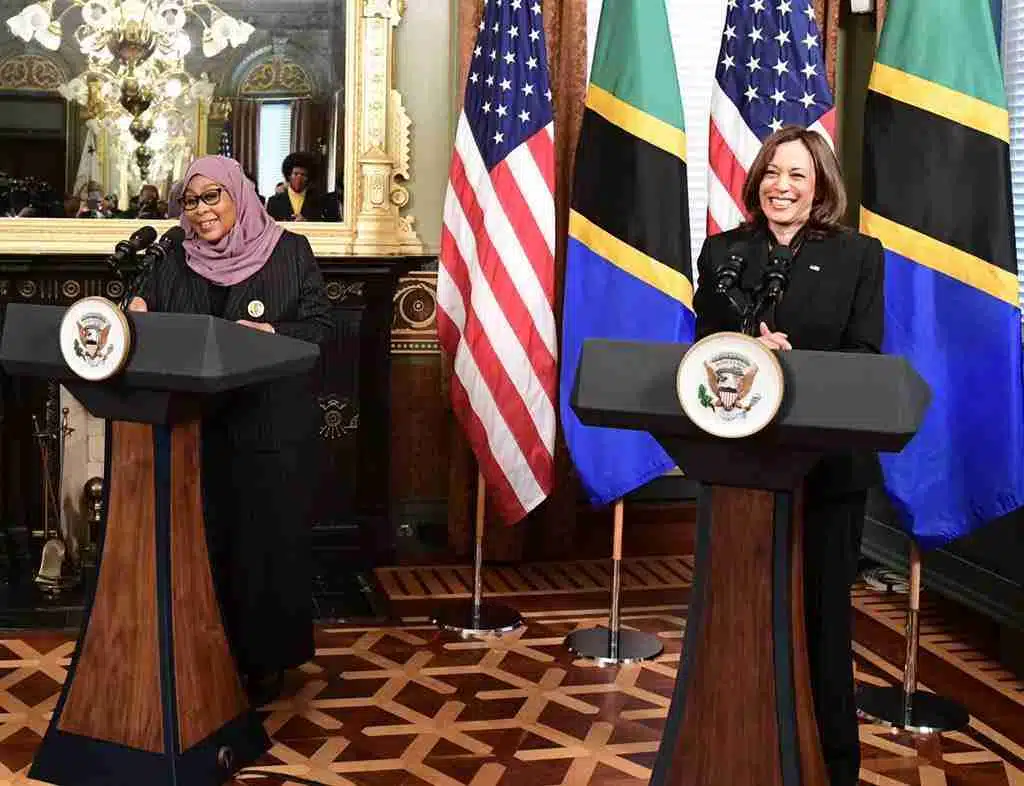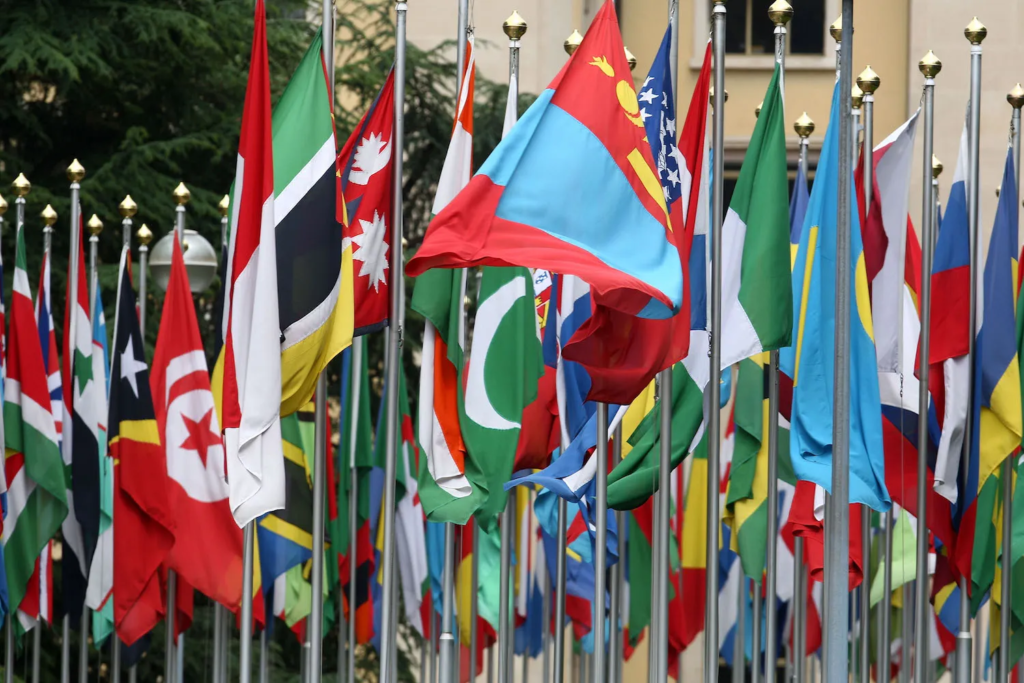U.S. foreign policy in a multipolar world is becoming more complex and challenging. The dominance the U.S. once held after the Cold War is now being tested by rising powers like China, Russia, and key players in the Middle East. These regions are asserting more influence in global affairs, and the United States must adapt its strategies to remain relevant, effective, and secure.
As the global landscape shifts, the U.S. faces new realities. Economic competition, military buildups, regional conflicts, and diplomatic tensions now require a more flexible and layered approach. This article explores how U.S. foreign policy is adjusting to these new global dynamics and what it means for the future of international relations.
What is a Multipolar World?
A multipolar world refers to a global system where multiple countries have significant political, economic, and military power. Unlike a unipolar world dominated by one superpower, or a bipolar one like during the Cold War, a multipolar world has several influential actors.
This shift changes how countries interact. The U.S. can no longer rely on its former dominance to shape outcomes alone. Instead, it must work with allies, manage rivals, and often deal with gray areas where interests overlap or conflict.

China’s Role in the New Global Order
Economic Rivalry and Strategic Competition
China is perhaps the most significant challenge in the multipolar world. It has become a global economic powerhouse and is now competing directly with the U.S. in technology, trade, and military development.
Despite deep economic ties, tensions between the two countries have increased. Issues such as trade imbalances, control over rare earth materials, intellectual property disputes, and access to global markets have driven new policies and tariffs.
On the security front, China’s military expansion in the South China Sea and its assertive stance on Taiwan are seen as direct threats to regional stability and U.S. interests. In response, the U.S. has been strengthening military cooperation with allies like Japan, South Korea, and Australia.
Diplomatic Outreach and Soft Power
China is also expanding its influence through initiatives like the Belt and Road Initiative, which offers infrastructure investments to developing countries. This creates long-term strategic relationships that challenge U.S. influence in Africa, Asia, and Latin America.
In response, the U.S. is working on building new trade agreements, enhancing diplomacy, and investing in technology to maintain its edge.
Russia: Strategic Rivalry and Regional Challenges
Military Tensions and Security Threats
Russia continues to play a disruptive role in global politics, especially in Europe and the Middle East. Its invasion of Ukraine marked a turning point, showing a willingness to use military force to achieve political goals.
The U.S. response has included military aid to Ukraine, sanctions on Russia’s economy, and increased NATO deployments to Eastern Europe. These moves aim to deter further aggression while supporting democratic partners.
Cyber Warfare and Political Interference
Beyond traditional warfare, Russia is also active in cyber operations and disinformation campaigns. Alleged interference in elections, hacking of government systems, and use of social media to influence public opinion are ongoing concerns.
The U.S. is investing more in cybersecurity and working with allies to improve collective defenses in this new domain of conflict.
The Middle East: An Evolving Landscape
Multiple Powers, Conflicting Interests
The Middle East remains a region of high tension and competing interests. Iran continues to be a major concern due to its nuclear program and support for armed groups in Lebanon, Iraq, Syria, and Yemen.
At the same time, U.S. allies like Saudi Arabia, the United Arab Emirates, and Israel are taking more independent approaches to diplomacy and security. For example, some Gulf countries have begun engaging with China and Russia, while also maintaining relations with Washington.
Turkey, a NATO member, often pursues its own path, especially in conflicts like Syria and Libya, sometimes clashing with U.S. goals.
Shifting U.S. Approach
The U.S. is reducing its military footprint in the region but continues to provide security support and diplomatic pressure. It is also encouraging normalization agreements between Arab states and Israel, hoping to build a more stable regional order.
Still, the U.S. must manage a delicate balance—engaging with traditional partners while pushing for reforms and human rights improvements, especially as global competitors also seek influence.

Adapting U.S. Foreign Policy
Strengthening Alliances and Partnerships
In a multipolar world, alliances are more important than ever. The U.S. is renewing and deepening its partnerships with NATO, the European Union, and Indo-Pacific countries. These alliances provide collective strength and increase the U.S.’s ability to respond to threats and crises.
Flexible arrangements like the Quad (U.S., India, Japan, Australia) and AUKUS (Australia, U.K., U.S.) are examples of how the U.S. is adapting to regional dynamics with smaller, targeted groupings.
Economic Strategy and Technological Leadership
Economic tools such as sanctions, trade agreements, and investment in innovation are key pillars of modern U.S. foreign policy. The U.S. is focused on securing supply chains, especially in semiconductors and critical minerals, and promoting domestic manufacturing to reduce dependence on China.
Technology is also central to strategic competition. The U.S. is investing in artificial intelligence, quantum computing, clean energy, and cybersecurity to maintain an edge over rivals.
Promoting Democratic Values
While great power competition is a major focus, U.S. foreign policy also continues to emphasize democracy, human rights, and the rule of law. These values help differentiate the U.S. from authoritarian rivals and build trust with partners around the world.
In a time when global norms are being challenged, the U.S. is working to support open societies and resist the spread of authoritarian models.
Challenges and Opportunities Ahead
A multipolar world brings both risks and opportunities. On one hand, competition can lead to conflict, particularly in regions like Taiwan, Eastern Europe, or the Persian Gulf. On the other hand, it opens the door for new partnerships and shared leadership on global issues like climate change, pandemics, and economic development.
The U.S. must continue to show leadership while also adapting to a world where others have more power and influence. That means being pragmatic, strategic, and consistent.
Conclusion
U.S. foreign policy in a multipolar world is no longer about maintaining dominance but about smart engagement, alliance-building, and adapting to global shifts. Whether dealing with China’s economic rise, Russia’s military actions, or the shifting sands of the Middle East, the U.S. must use a combination of diplomacy, economic strength, military readiness, and soft power.
By adjusting to this new reality, the U.S. can help shape a stable and peaceful international order while protecting its interests and promoting its values in an increasingly complex world.
Do Follow USA Glory On Instagram
Read Next – Rising Housing Crisis U.S. Cities: Causes & Solutions






